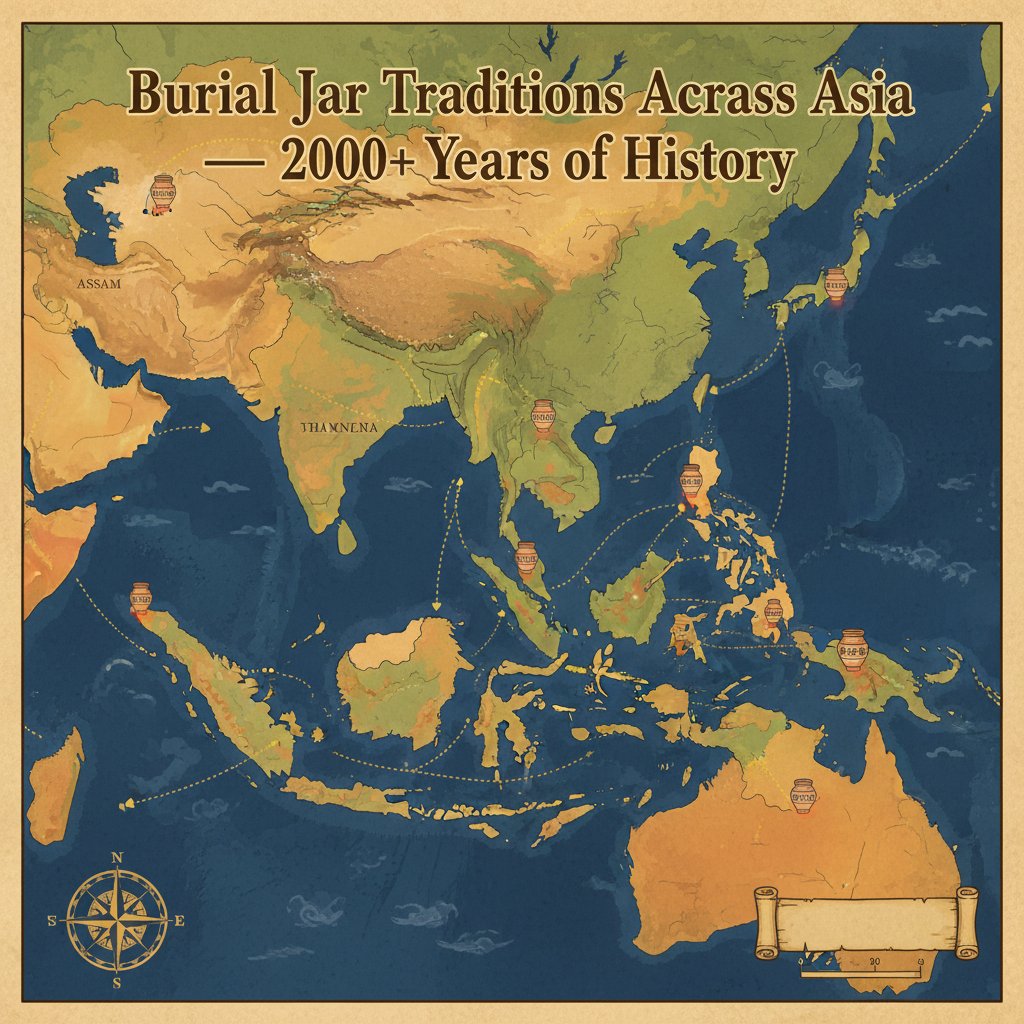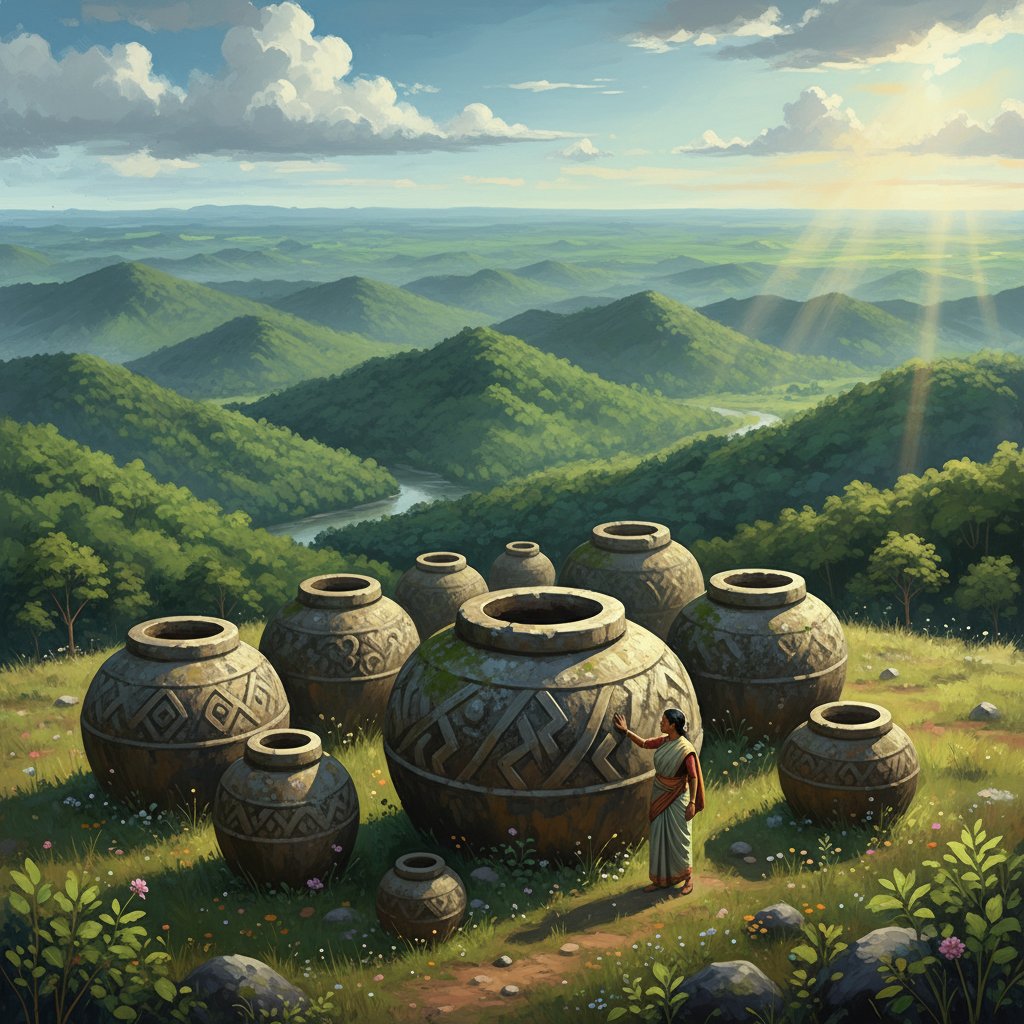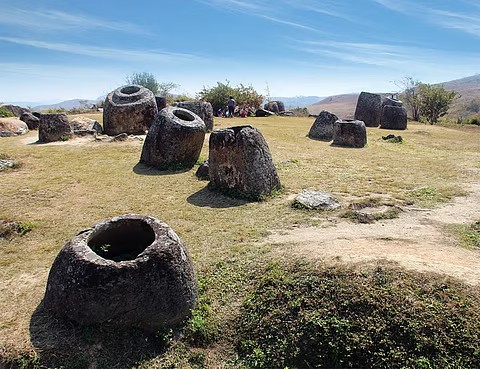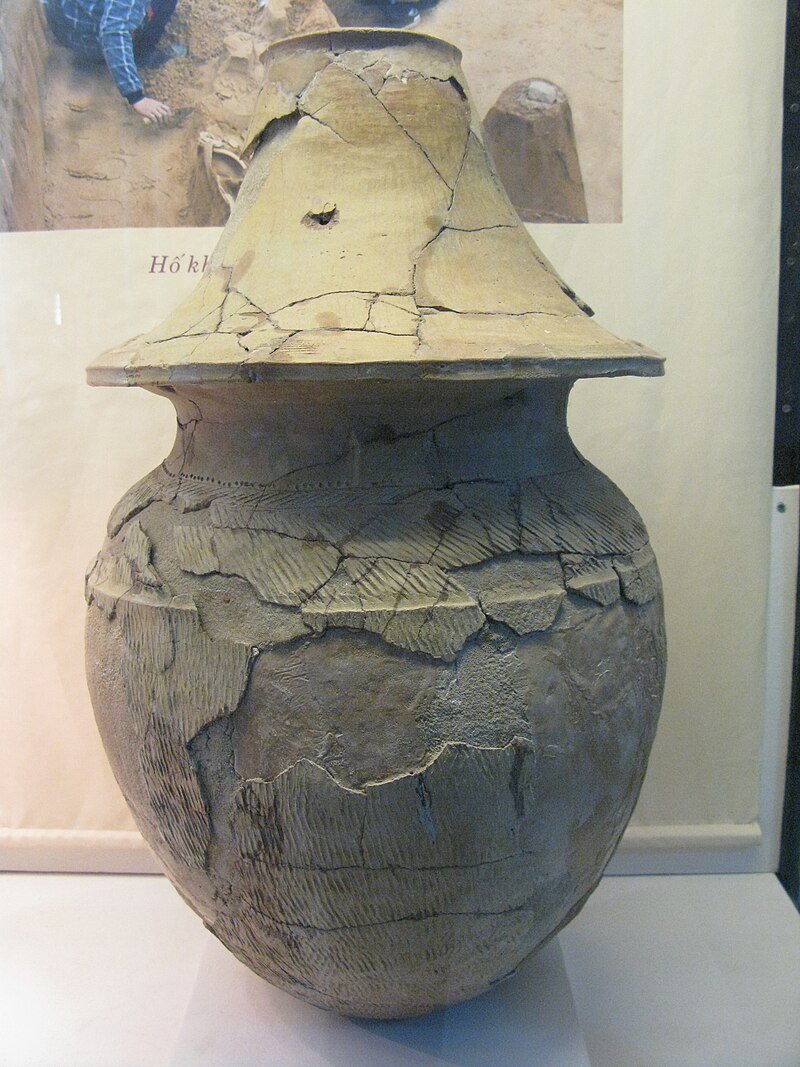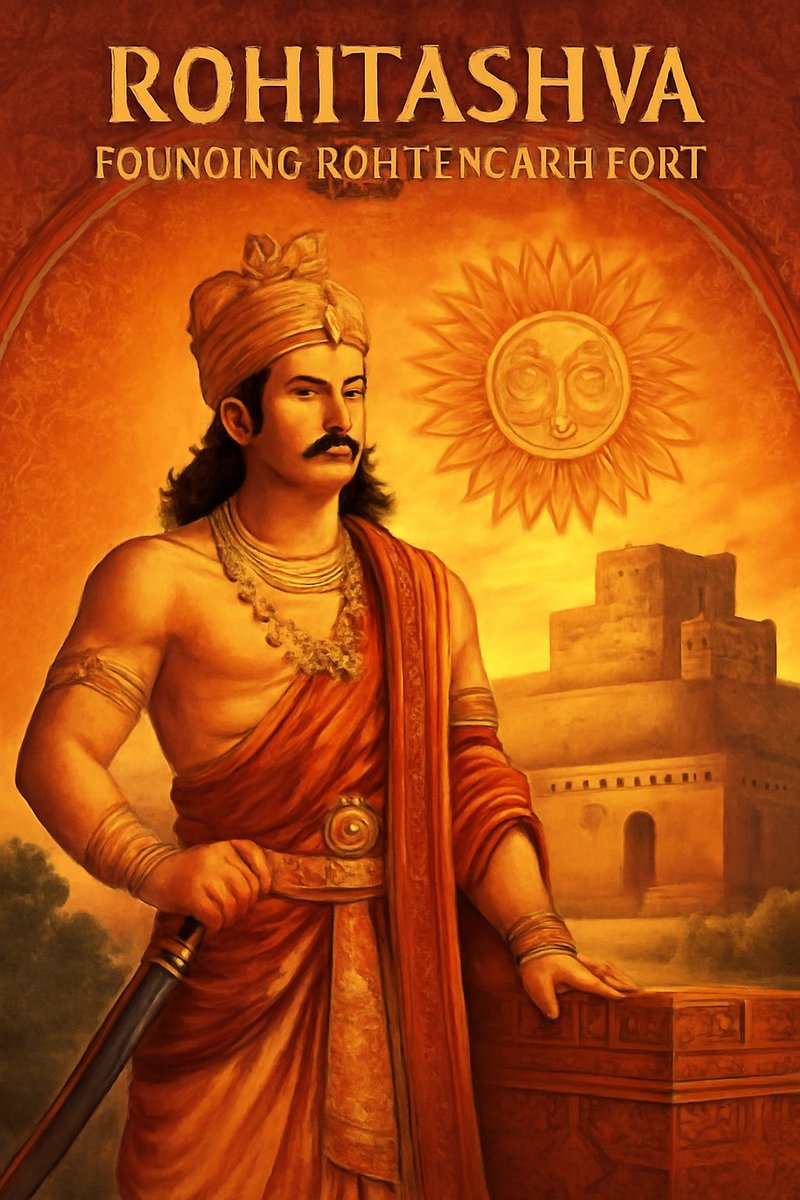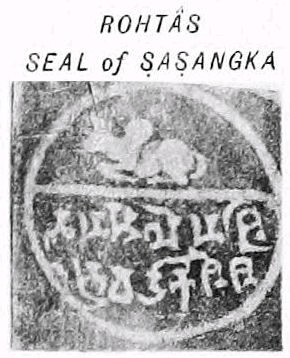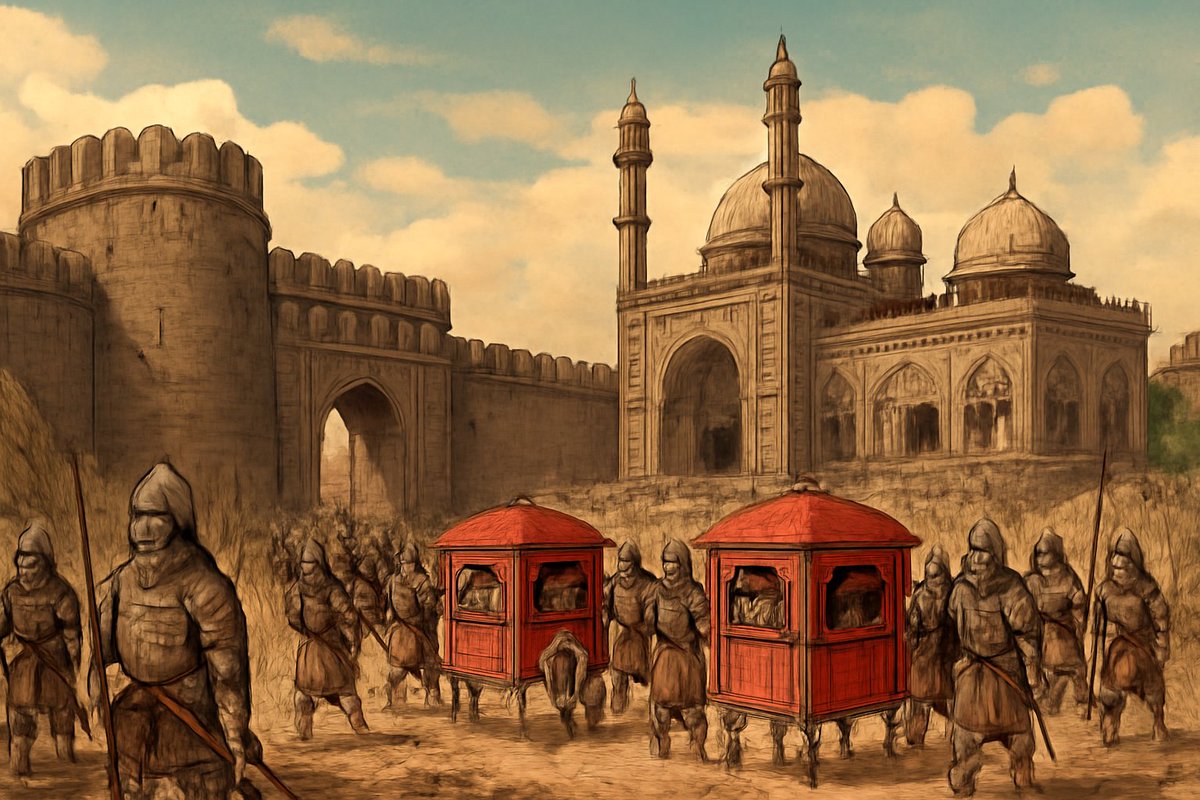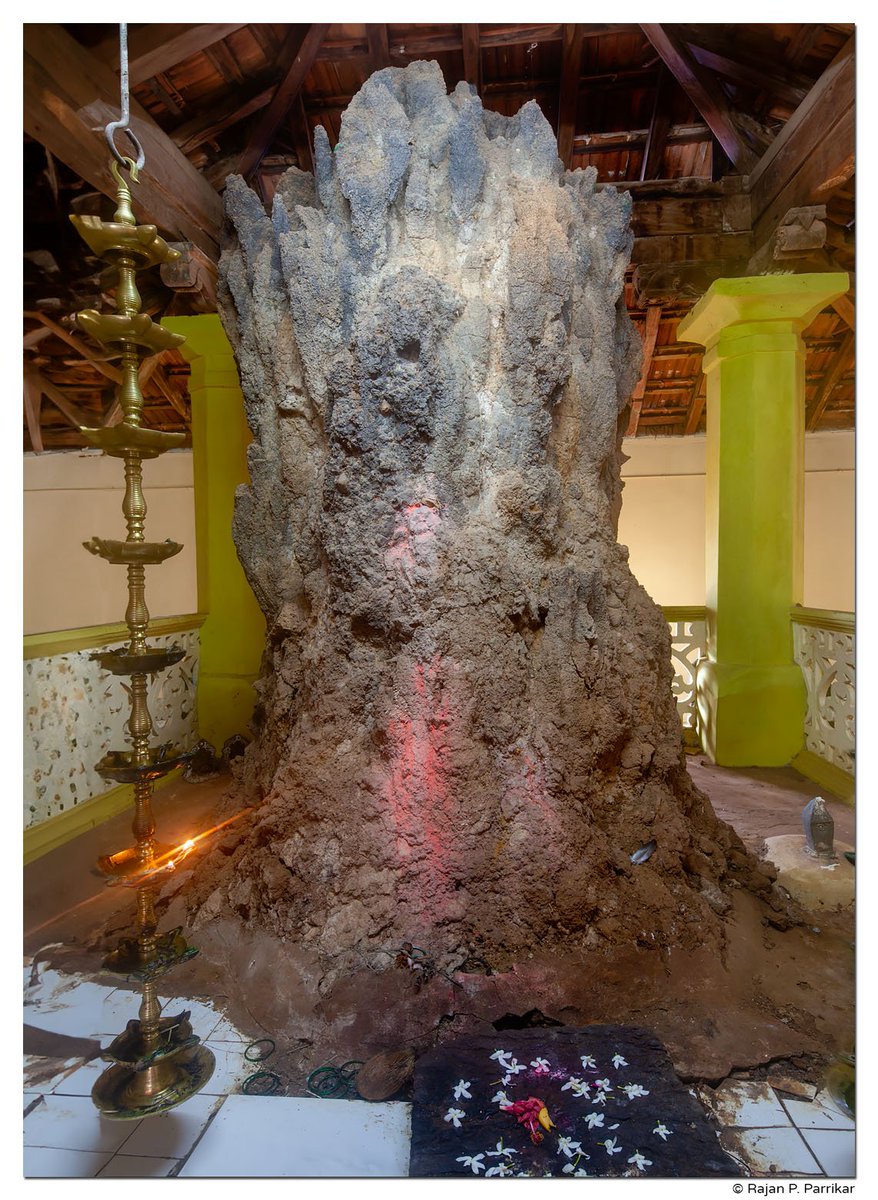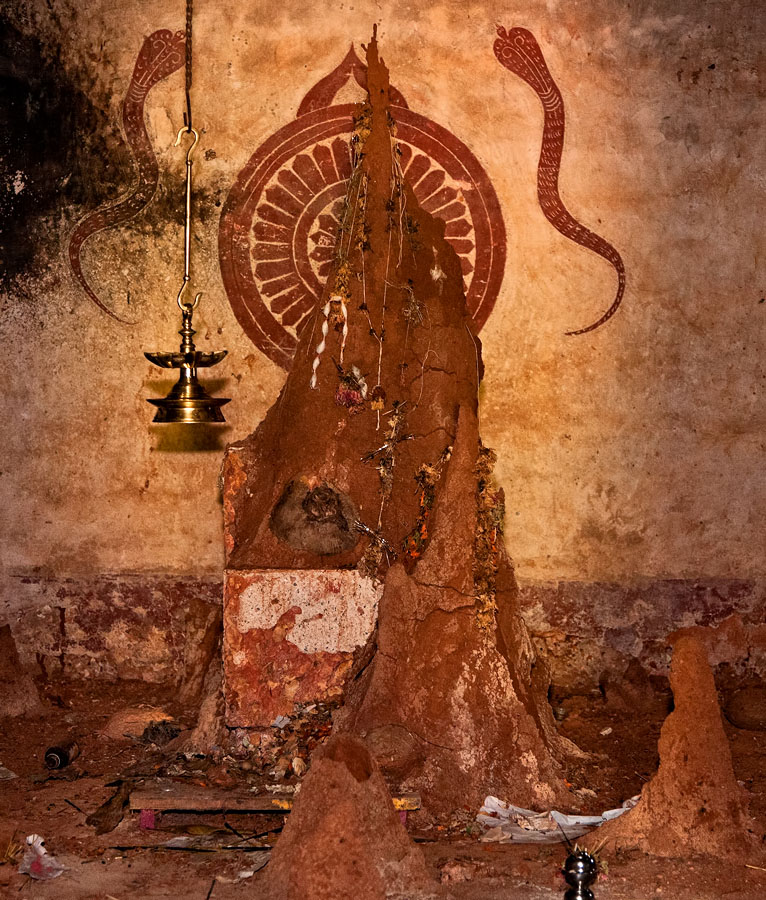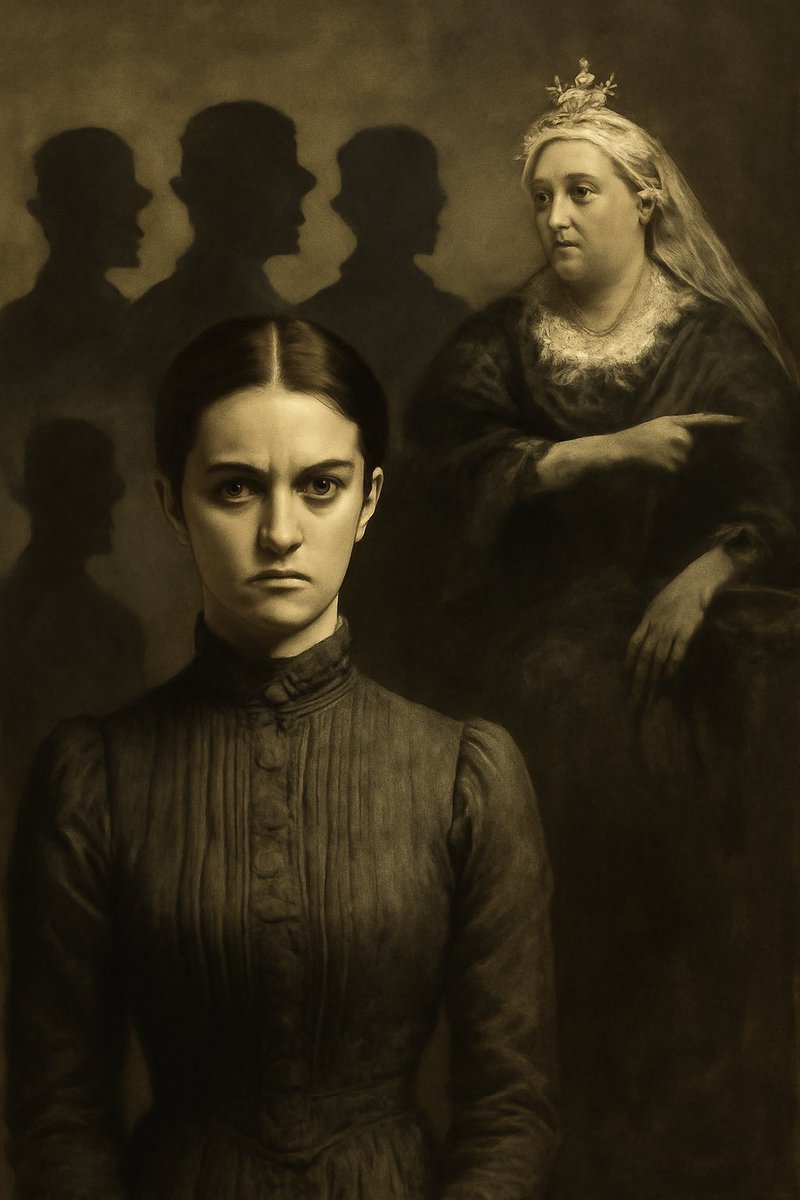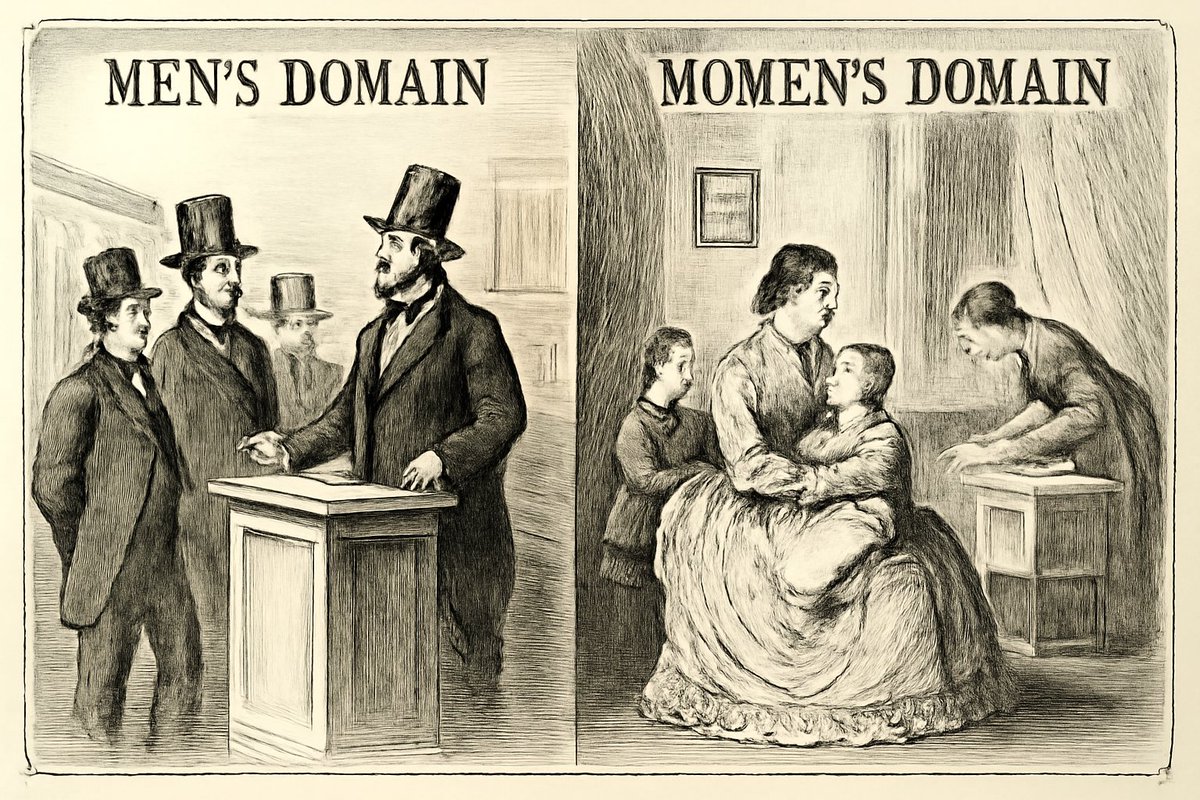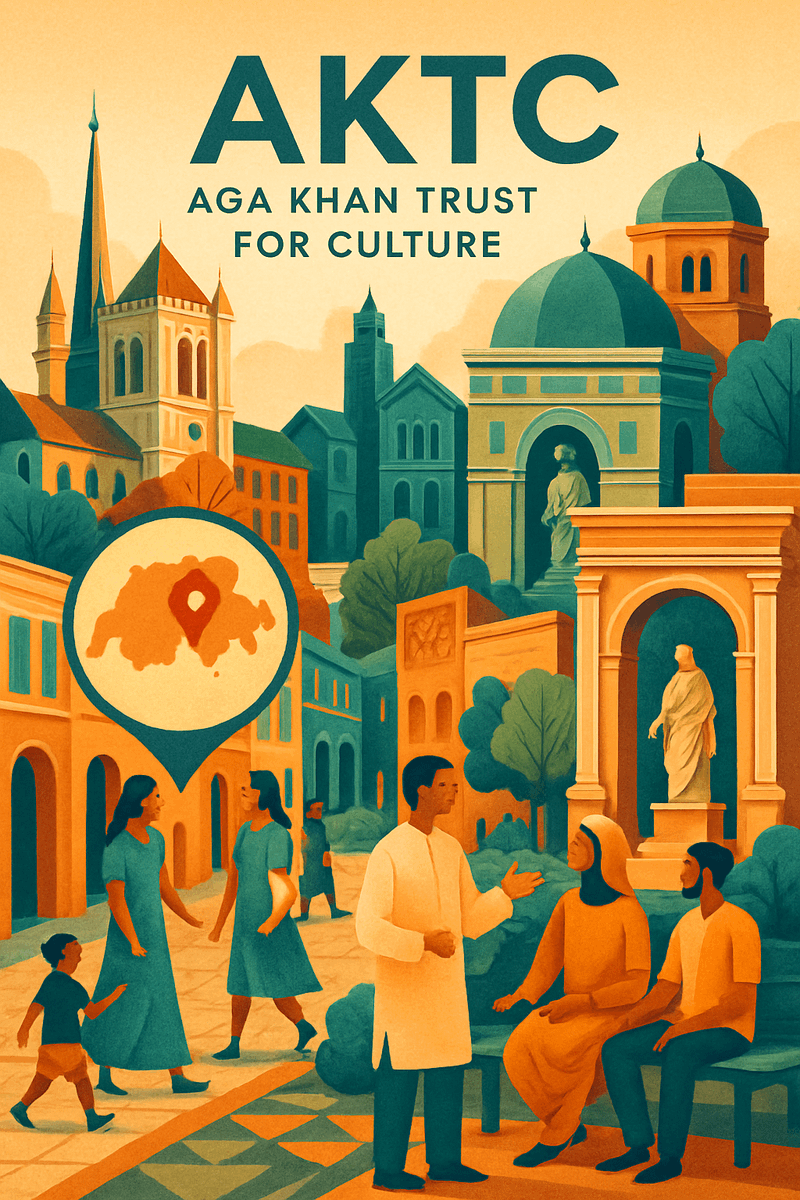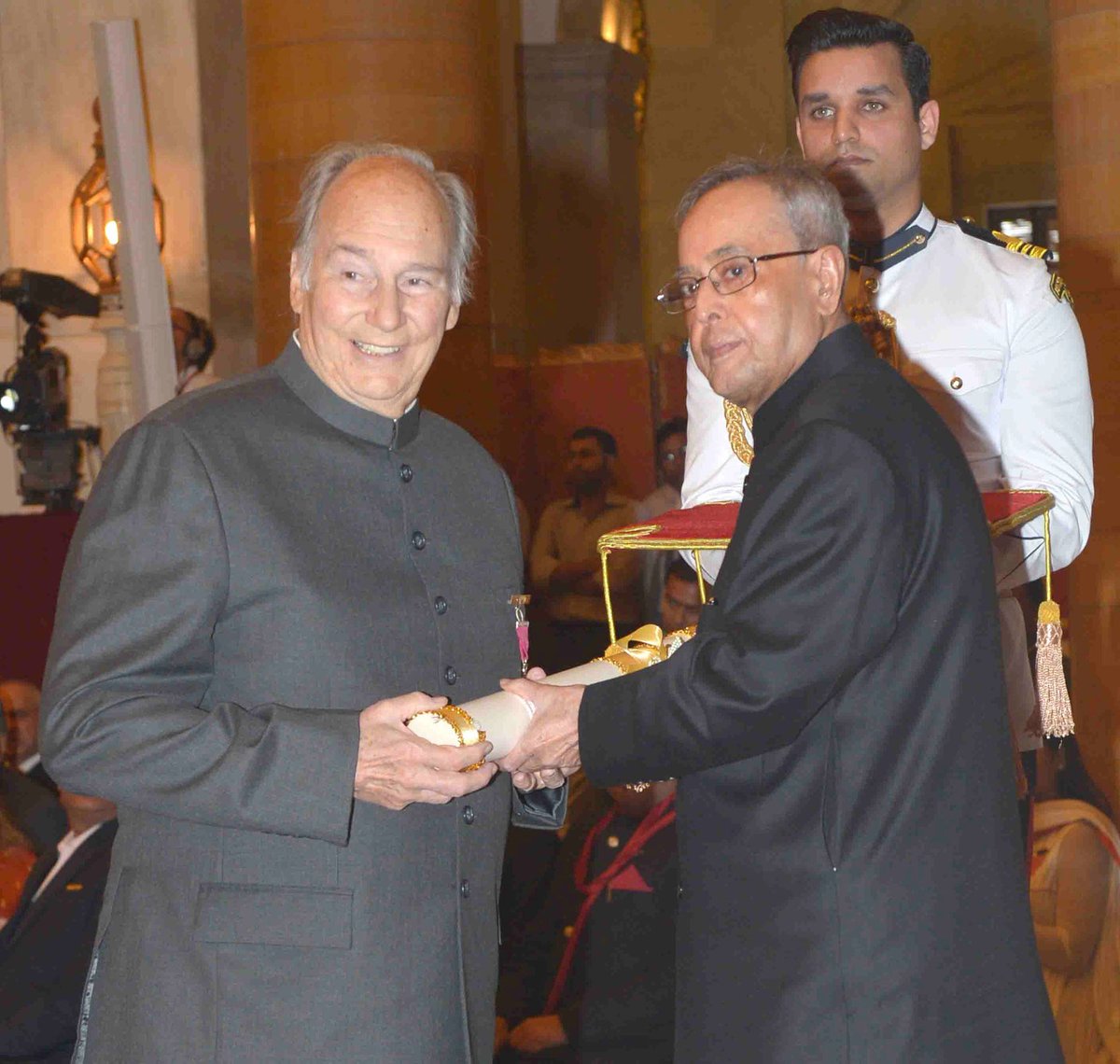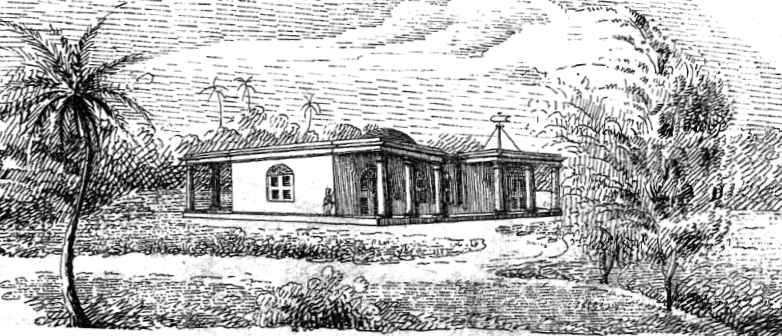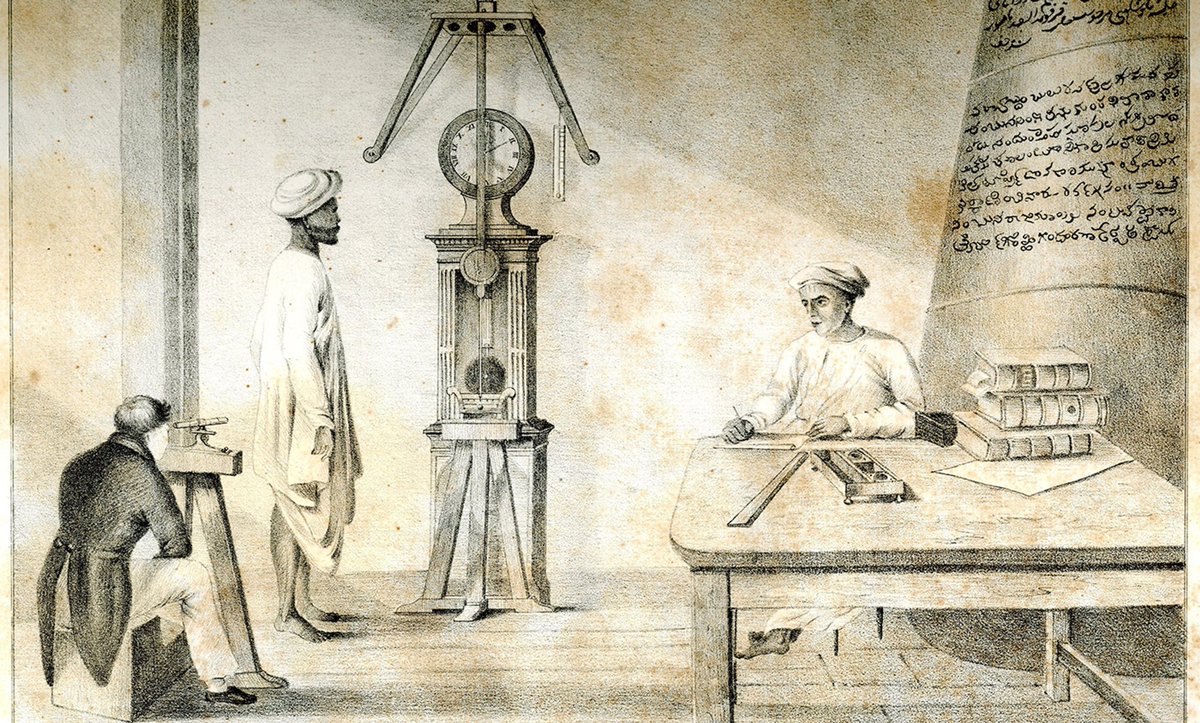#Thread Pagan Origins of #Christmas
In pre-Christian era Pagan celebrated Seasonal festivals around the winter solstice ("Symbol of rebirth of Sun or Son") later converted to #Christianity.
SantaClause, Decorating trees, Jesus birth also find its association with 25th Dec.
1/14
In pre-Christian era Pagan celebrated Seasonal festivals around the winter solstice ("Symbol of rebirth of Sun or Son") later converted to #Christianity.
SantaClause, Decorating trees, Jesus birth also find its association with 25th Dec.
1/14

#Saturnalia was one of Pagan ancient Roman festival in honor of the god Saturn, held from 17 December to 23 December. It was most popular holiday in the Roman calendar.
Pic By Themadchopper, Antoine-François Callet #Christmas
2/14
Pic By Themadchopper, Antoine-François Callet #Christmas
2/14

During #Saturnalia celebrations
1.All work and business were suspended
2.Slaves were given temporary freedom to say and do what they liked
3.People would wear a cap of freedom – the pilleum –
usually worn by slave
4.People were permitted to gamble in public
5.Chariot racing
3/14
1.All work and business were suspended
2.Slaves were given temporary freedom to say and do what they liked
3.People would wear a cap of freedom – the pilleum –
usually worn by slave
4.People were permitted to gamble in public
5.Chariot racing
3/14

#Saturnalia was the result of the merging of 3 winter festivals over the centuries.
1. Day of Saturn – the god of seeds and sowing
2. Bruma - Day of a feast day celebrating the shortest day
3. Opalia- feast day dedicated to Saturn’s wife
4/14
1. Day of Saturn – the god of seeds and sowing
2. Bruma - Day of a feast day celebrating the shortest day
3. Opalia- feast day dedicated to Saturn’s wife
4/14

217 BC a huge public feast was arranged at the oldest temple in Rome, the Temple of Saturn.
Macrobius confirms this, and says that the "rowdy" participants would spill out onto the street, with the participants shouting, “Io #Saturnalia!”
5/14
Macrobius confirms this, and says that the "rowdy" participants would spill out onto the street, with the participants shouting, “Io #Saturnalia!”
5/14

Closing days of the #Saturnalia were known as "#Sigillaria" because of the custom of making, toward the end of the festival, presents of candles, wax models of fruit, and waxen statuettes which were fashioned by the Sigillarii
6/14

6/14
https://twitter.com/TrimontiumTrust/status/1474054708650287109


#Yule is another pagan festival that had customs absorbed into the Christian #Christmas was the festival of #Yule by Germanic people.
The familiar custom of burning the Yule log dates back to earlier solstice celebrations and the tradition of bonfires
Src:Public domain
7/14



The familiar custom of burning the Yule log dates back to earlier solstice celebrations and the tradition of bonfires
Src:Public domain
7/14



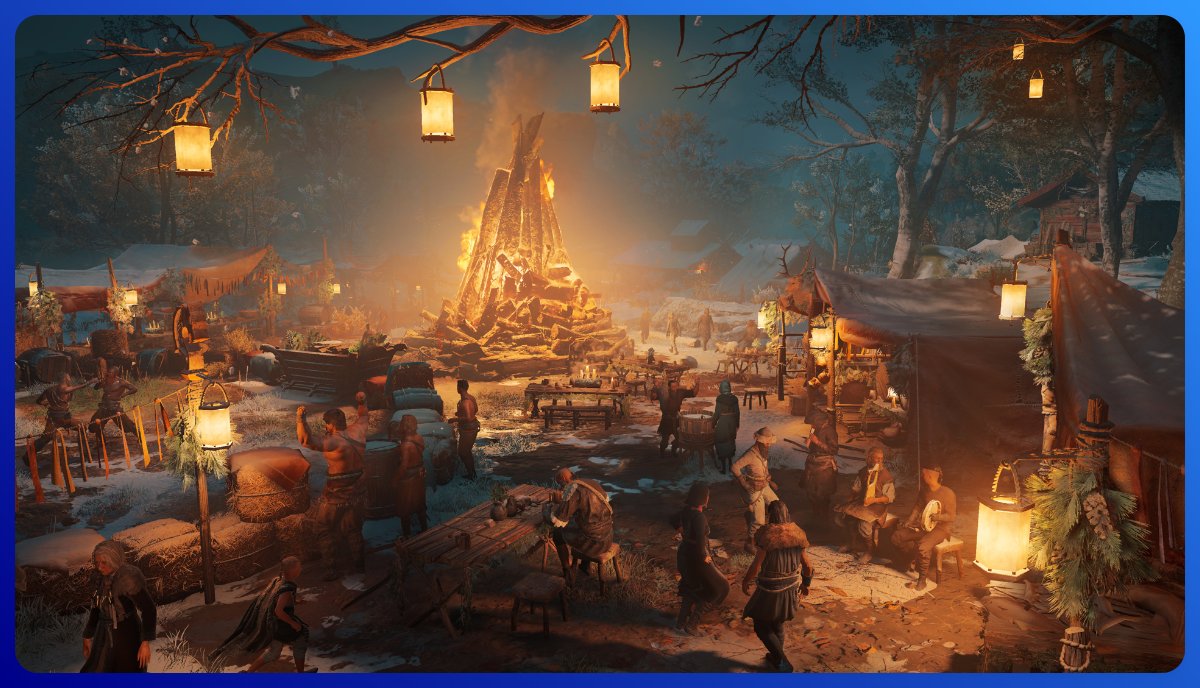
Another association of 25th Dec is the birth date of #Jesus
However, It was first identified as date of Birth by Sextus Julius Africanus in 221. For long time 6th January was celebrated as Jesus b'day
8/14
However, It was first identified as date of Birth by Sextus Julius Africanus in 221. For long time 6th January was celebrated as Jesus b'day
8/14

336CE, the church settled 25 December as the date of Christ’s nativity. Christians wanted to keep #Christmas distinguished from Saturnalia traditions such as gambling, drinking, worshipping god.
Christmas become a major #Christian festival in 9th century.
Src @Britannica
9/14
Christmas become a major #Christian festival in 9th century.
Src @Britannica
9/14
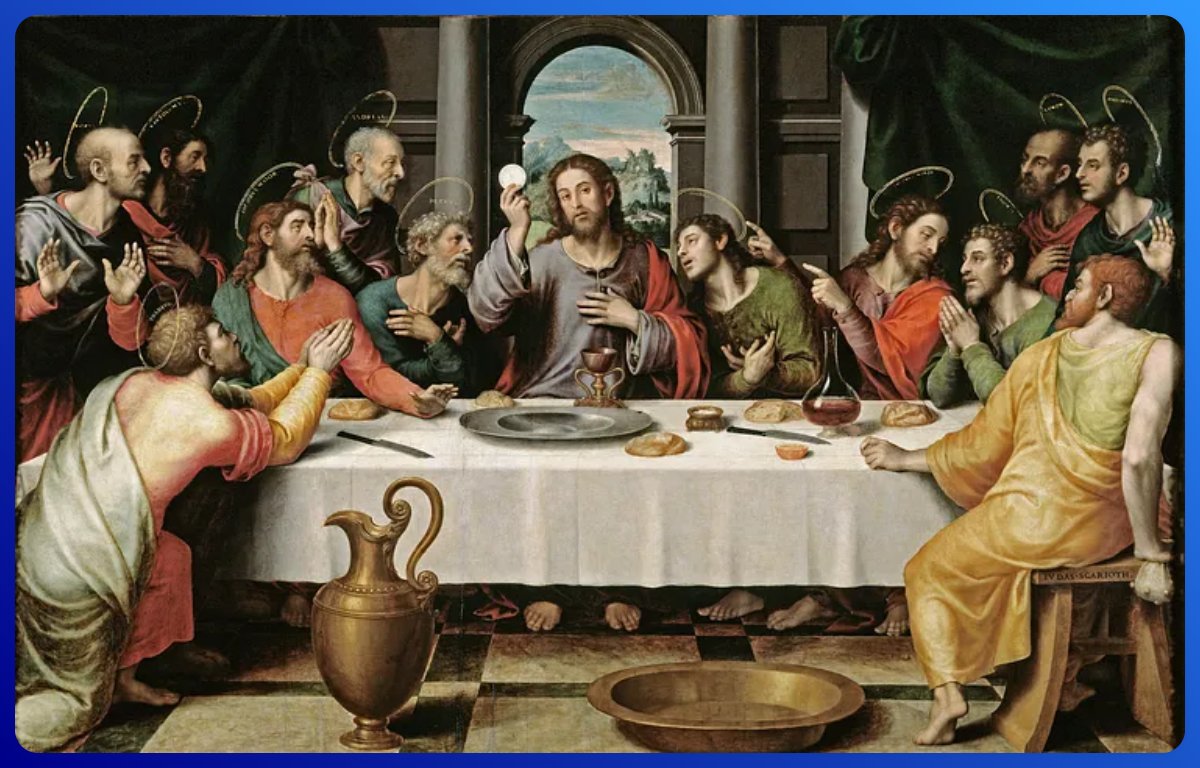
Decorating #christmastrees with candles is another celebration on #Christmaseve. celebration was first known in Strasbourg in 1605.
Trees were decorated with 24 candles as 24th opening to 25th Dec from 1st Dec.
The no. of candles later reduced to 4
Src @Britannica
10/14

Trees were decorated with 24 candles as 24th opening to 25th Dec from 1st Dec.
The no. of candles later reduced to 4
Src @Britannica
10/14


Santa Clause 'Saint Nicholas' 'Father Christmas' is said to be 4th Century Greek Bishop of Myra.
Martin Luther propagated gifting to children in #Christmas to focus children interest to Christ rather than Saints.
11/14
Martin Luther propagated gifting to children in #Christmas to focus children interest to Christ rather than Saints.
11/14

Irresistible surge of #paganism worldwide as expressed in movies like Avatar, Thor and the Harry Potter series. The success of such movies worldwide suggests a deep desire among people for a more spiritually satisfying life with pantheism.
indiafacts.org/pagan-revival-…
12/14
indiafacts.org/pagan-revival-…
12/14

Src:
britannica.com/topic/Saturnal…
en.wikipedia.org/wiki/Saturnalia
penelope.uchicago.edu/~grout/encyclo…
Article by @charm_uow historyextra.com/period/roman/h…
antiquitynow.org/2013/12/12/the…
en.wikipedia.org/wiki/Yule_log
britannica.com/story/why-is-c…
telegraph.co.uk/women/mother-t…
theguardian.com/world/2008/dec…
britannica.com/topic/Christmas
13/14
britannica.com/topic/Saturnal…
en.wikipedia.org/wiki/Saturnalia
penelope.uchicago.edu/~grout/encyclo…
Article by @charm_uow historyextra.com/period/roman/h…
antiquitynow.org/2013/12/12/the…
en.wikipedia.org/wiki/Yule_log
britannica.com/story/why-is-c…
telegraph.co.uk/women/mother-t…
theguardian.com/world/2008/dec…
britannica.com/topic/Christmas
13/14
• • •
Missing some Tweet in this thread? You can try to
force a refresh


